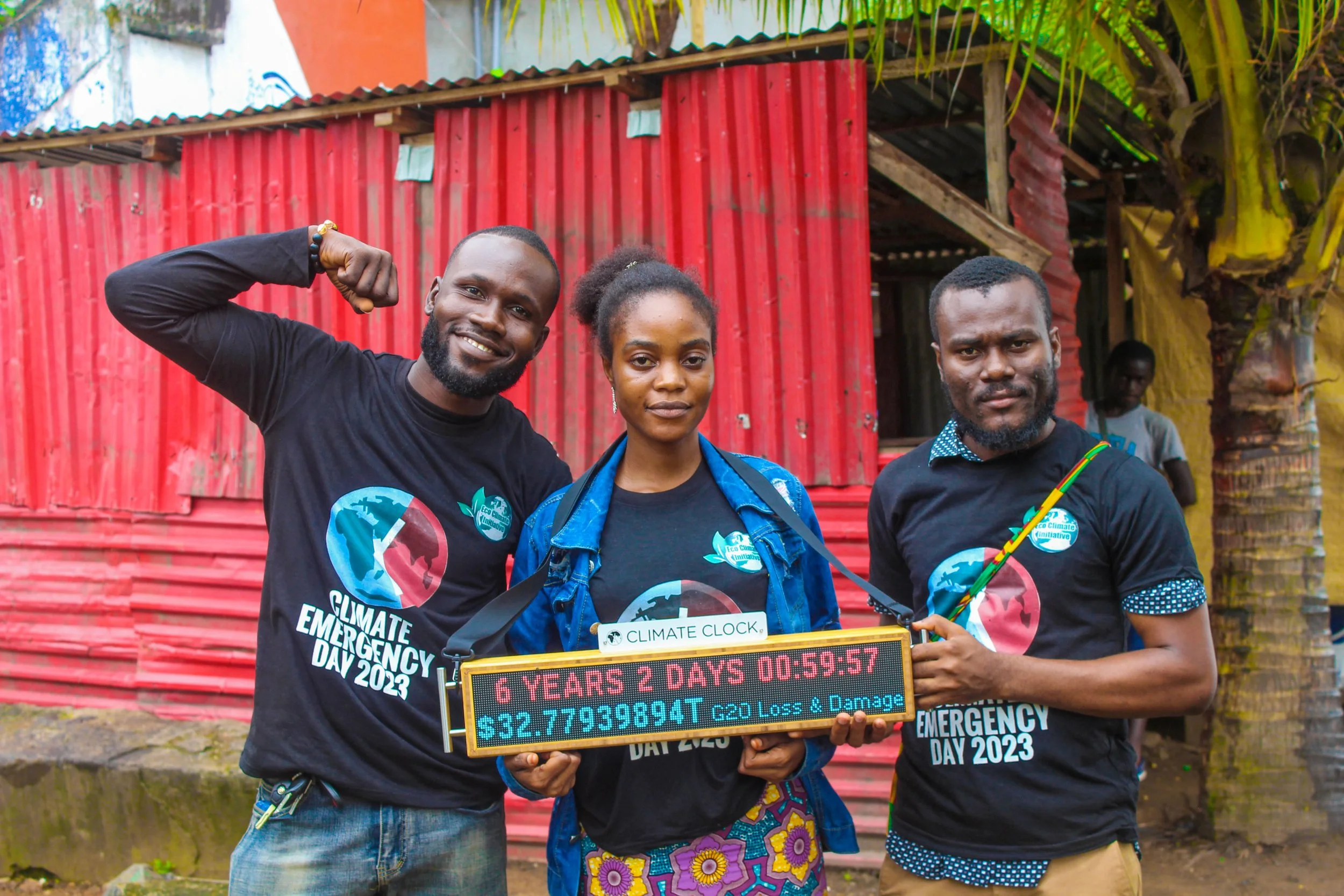Lifeline:
Protect 30% by 2030
The 30x30 initiative is a crucial climate solution that aims to safeguard 30% of the Earth's land and sea by 2030 by expanding protected areas and other conservation measures. Getting to 30% by 2030 is necessary to safeguard biodiversity, mitigate climate change, preserve ecosystems, wildlife habitats, and ensure sustainable resource use.
Why Protect 30% by 2030?
The initiative responds to global biodiversity loss and promotes resilience against environmental challenges, emphasizing collaboration and policy support to achieve lasting conservation impact.
Other efforts outlined by the International Institute for Sustainable Development (IISD) such as incorporating indigenous and local communities rights, addressing implementation challenges, and expanding conservation ambition play key roles in fostering global cooperation and tracking progress on the Initiative. The 30x30 goal is an ambitious target; not only does it protect biodiversity, it also enhances ecosystem resilience against climate impacts, significantly contributing to global climate change mitigation and adaptation efforts.
The Goal: 30% of Earth Protected by 2030
The 30x30 Initiative is a crucial climate solution that aims to safeguard 30% of the Earth's land and sea by 2030 by expanding protected areas and other conservation strategies. Preserving 30% of the Earth’s intact ecosystems would maintain vital carbon sinks and help to mitigate greenhouse gas emissions. Currently, we are shy of our 30% goal: according to Protected Planet only 17.5% of terrestrial and inland waters and Other Area-based Conservation Measures (OECMs) are under protection.
Data
As temperatures rise and weather patterns become more erratic, species face habitat loss, altered ecosystems, and increased extinction risks. The UN highlights how warming temperatures disrupt natural habitats and migration patterns crucial for species survival. Changes in land use, often driven by agricultural expansion or urbanization, further fragment habitats and reduce biodiversity hotspots, as noted by the CPREE at Princeton University. According to a study published in Science, global biodiversity may have declined by 2%-11% due to land-use change.
Additionally, rising emissions exacerbate climate change effects, leading to ocean acidification and heightened vulnerability to diseases. Without decisive global action, climate change is projected to become the primary driver of biodiversity decline by mid-century, underscoring the urgent need for sustainable practices and international cooperation to mitigate these impacts.
How to Use This Lifeline:
Equipped with this Lifeline, you can more effectively urge your local and national government to protect 30% by 2030. Please use this Lifeline to take action in your community and spread the word. And in the process, we can integrate indigenous and traditional territories, ensure equitable governance, and respect local rights, all while aligning sustainable use with conservation goals.
VIEW LIFELINES
Renewable Energy
Tracking the percent of global energy coming from renewable sources – wind, water, solar, and bioenergy. It currently stands at 13.5% and is rising, but extremely slowly.
Indigenous Land Sovereignty
Displays the total area of land and inland waters currently managed by Indigenous Peoples and Local Communities (IPLCs) worldwide.
Climate Finance
Tracks the climate debt owed by wealthy, high-emitting G20 countries for the impacts their carbon emissions have caused, especially to those in "developing" countries.




